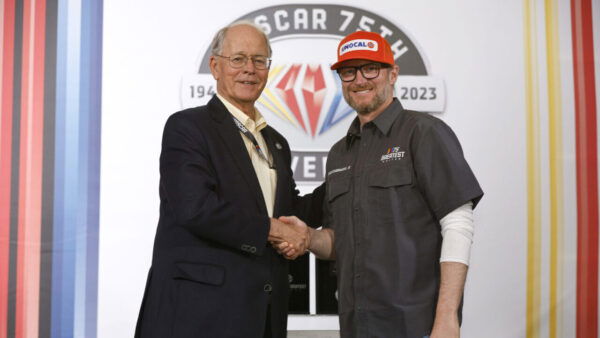What is 25 percent rule in NFL rookie contracts?
Let's find out what is the 25 percent rule in the NFL rookie contracts.

(Image via Getty Images)
Professional athletes are rightfully getting paid a lot of money nowadays and football players are not outliers to it. In fact, NFL players are among one the highest-paid athletes in the sporting world. The league has a salary cap to keep the competition fair, but the teams still have to pay a lot of money to their players to keep them playing for their franchise.
Building a dominant team, let alone a dynasty under the allotted salary cap restrictions is a very difficult thing to do. But the NFL general managers and the front office keeps finding certain ways to build a strong team that can compete for the Super Bowl title. One such way is to keep drafting talented college players and signing them to a rookie deal.
Yes, the NFL Draft is for everybody and all the teams will have a fair shot at selecting a player. However, only some franchises will get lucky in the draft. So, to keep that team from signing a promising rookie to a long-term expensive contract before his rookie deal ends, the league has imposed a certain rule called the 25 percent rule.
Explore Further: How did Jerry Jones make his money?
How do rookie contracts work?

There used to be a time when teams got their hands on a promising young rookie player. They used to splurge the money and sign them to an expensive long-term deal. For instance, when the St. Louis Rams drafted Sam Bradford in 2010, they signed the QB on a 6-year and a whopping $78 million contract. Bradford holds the biggest NFL rookie contract.
But in 2011, the NFL imposed a rookie wage scale which changed the way the contracts are handed out now. After the rule was imposed, the rookie all get a four-year contract by default. The money might vary depending on the position they were drafted, but they all will get a four-year deal. Furthermore, the rookie wage scale also determined how the rookies should be paid throughout their 4-year contract and that is where the 25 percent rule comes into play.
The 25 percent rule in NFL rookie deal

The 25 percent rule determines how the rookies should get paid throughout their first 4-year contract. According to the 25 percent rule, a rookie contract should not provide for an increase in an annual salary of more than 25% of the player’s first-year salary unless the such contract provides only for a base salary equal to the then-applicable Inactive Salary for each League Year of the Contract.
For instance, if a player signed a rookie contract with a $400,000 signing bonus and a base salary of $500,000 with no incentives then the player’s rookie salary will be considered $600,000, i.e., an allotted portion of the signing bonus ($100,000) added to his base salary ($500,000). Accordingly, the athlete’s maximum yearly increase in his rookie salary must not exceed $150,000 ($600,000 × 25%). This rule was a major point in the 2011 NFL rookie wage scale and has helped to keep the rookie salaries in check.
Do follow us on: Facebook | Instagram | Twitter
Related : NFL Waterboys Salary: How much do the Waterboys make in the NFL?
Related : Who are the all-time highest-paid players in NFL history?







